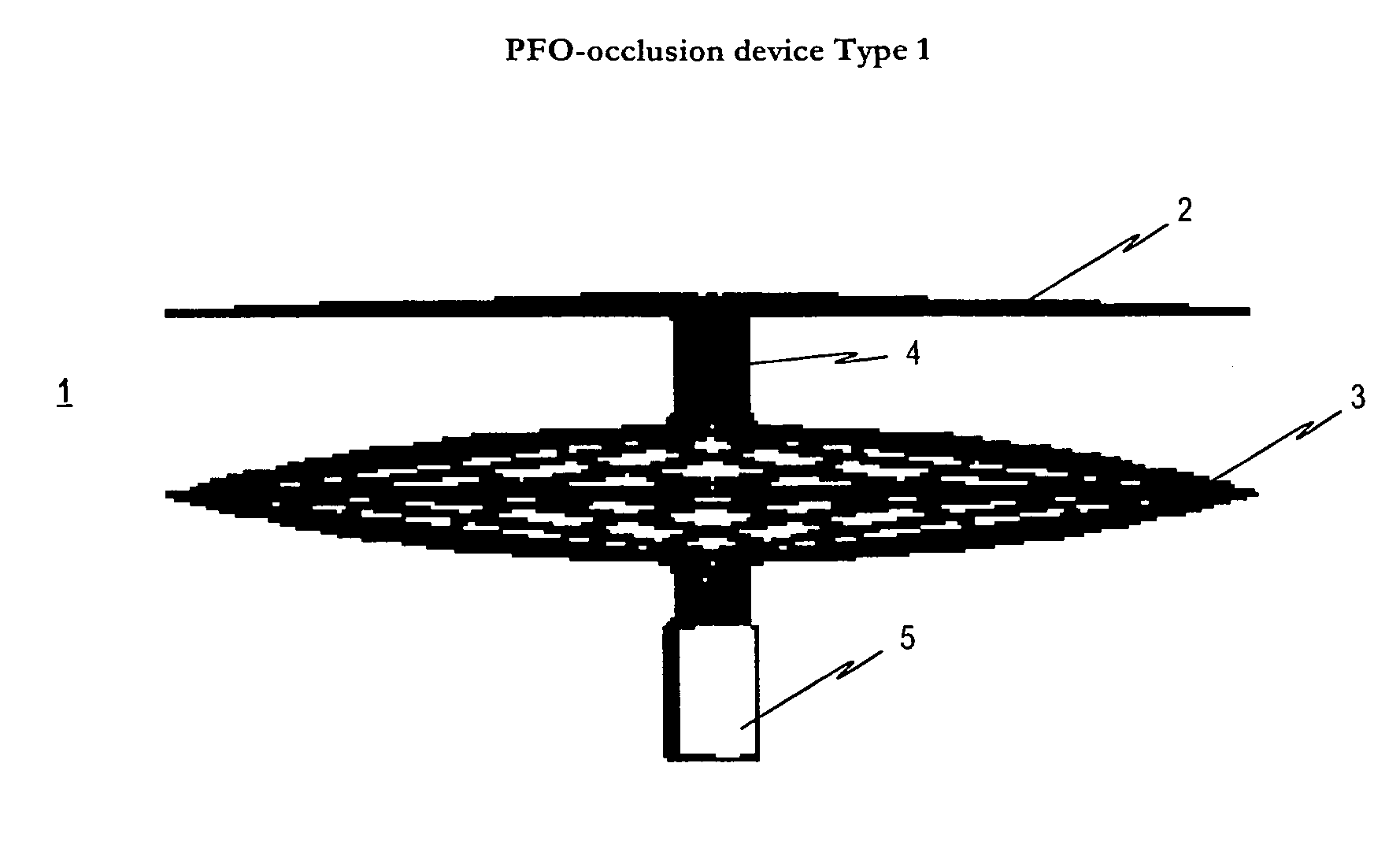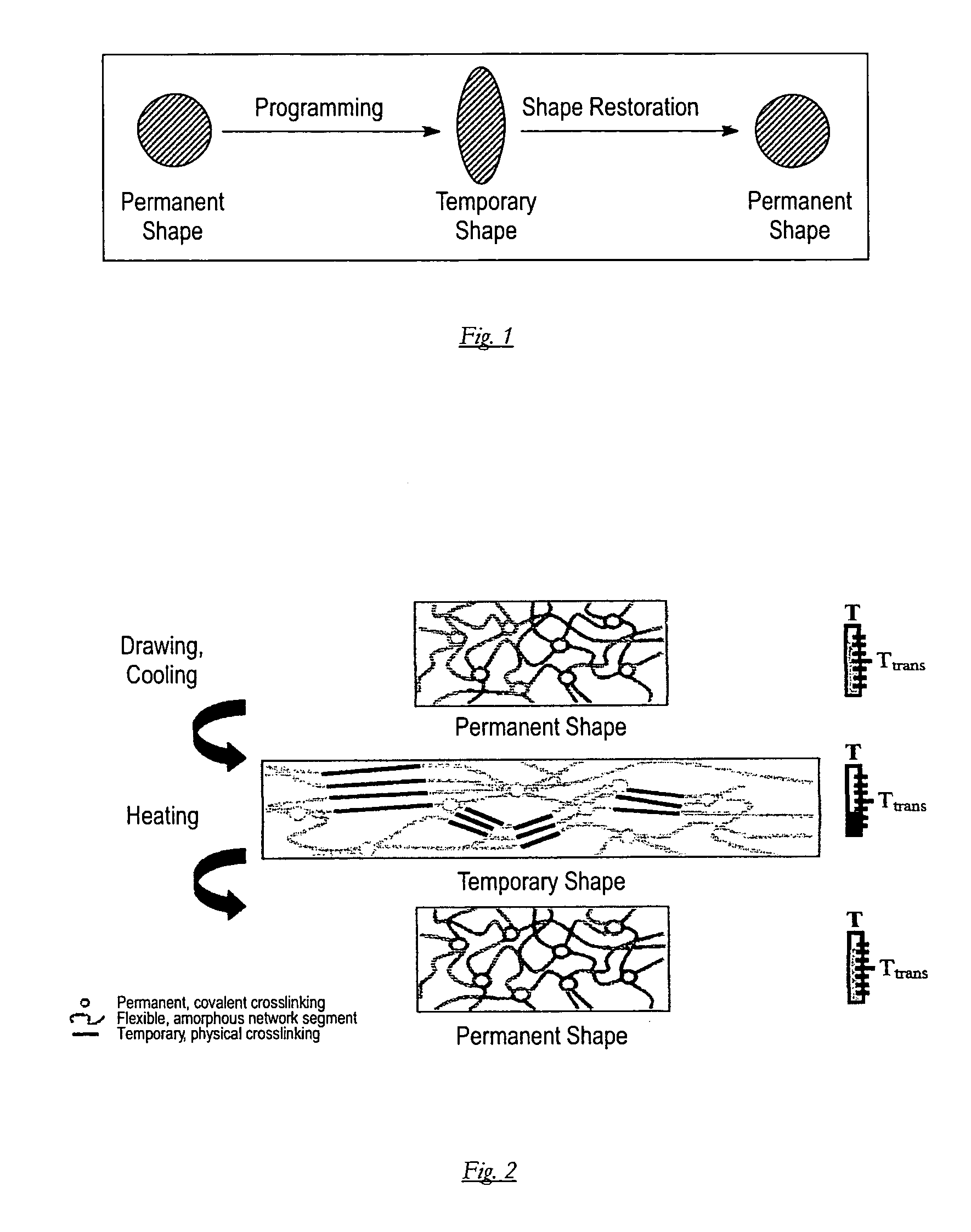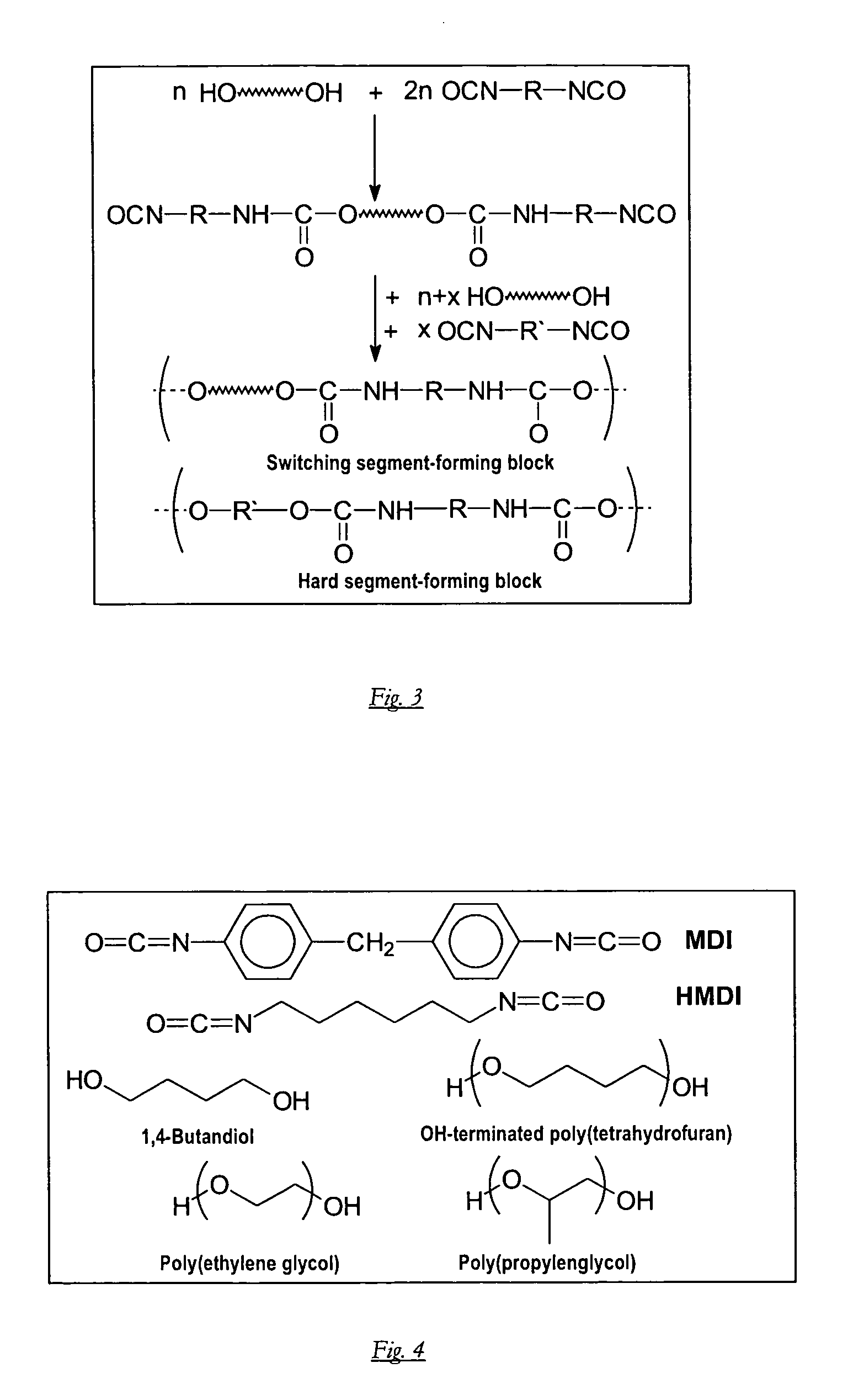Self-expanding medical occlusion device
a self-expanding, medical technology, applied in contraceptive devices, veterinary instruments, catheters, etc., can solve the problems of thromboembolic complications frequently to be anticipated, the umbrella used is susceptible to material fatigue, and the occlusion device is relatively complicated, so as to facilitate the implantation and positioning of the occlusion devi
- Summary
- Abstract
- Description
- Claims
- Application Information
AI Technical Summary
Benefits of technology
Problems solved by technology
Method used
Image
Examples
Embodiment Construction
[0158]The present invention relates to a percutaneous catheter-guided occlusion device which serves to close abnormal openings such as, for example, atrial septal defects (ASD, PFO), ventricular septal defects (VSD), patent ductus arteriosus (PDA) and the like. The present invention furthermore provides for a method of forming a medical device from a flat or tubular synthetic or polymer fabric. Both the flat as well as the tubular fabric is comprised of a plurality of wire strands having a predefined relative arrangement to one another. The tubular fabric has synthetic strands distinguishing two sets of essentially parallel spiral strands, whereby the strands of one set have a rotation direction counter to that of the other strands. This fabric is also known in the industry as a tubular braid.
[0159]The braided form is used primarily in Type 2 (FIG. 14) and Type 3 (FIG. 15) PFO devices, whereby the wires / threads of the proximal curves are thermally bundled at proximal end 2 and speci...
PUM
 Login to View More
Login to View More Abstract
Description
Claims
Application Information
 Login to View More
Login to View More - R&D
- Intellectual Property
- Life Sciences
- Materials
- Tech Scout
- Unparalleled Data Quality
- Higher Quality Content
- 60% Fewer Hallucinations
Browse by: Latest US Patents, China's latest patents, Technical Efficacy Thesaurus, Application Domain, Technology Topic, Popular Technical Reports.
© 2025 PatSnap. All rights reserved.Legal|Privacy policy|Modern Slavery Act Transparency Statement|Sitemap|About US| Contact US: help@patsnap.com



